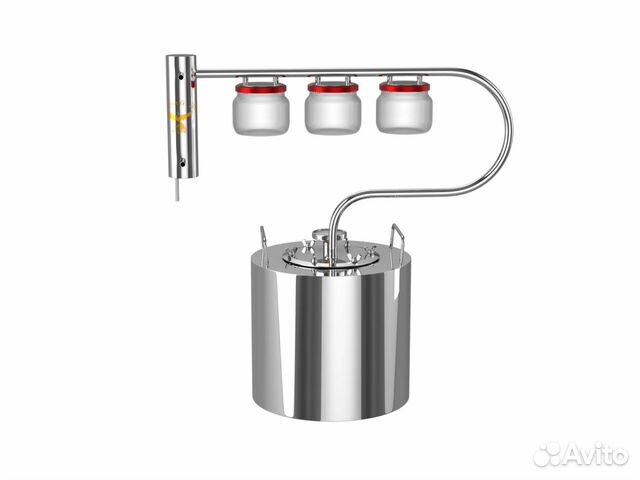Apparat Dlya Elektrorefleksoterapii Luch 1
Create an account. The latest Tweets from Stephanie Smith (@Mari__Kiss): 'Hello! Dear, do you want to see my vagina? Go to https://t.co/ZEoDiL1SBO'.
The Answer to Locating in Steel or Ductile Iron Lines Now your locates don’t have to stop where the steel begins. Penetrating steel or ductile iron requires a very low frequency, and the 16 Hz LD Series transmitters have it. Use it with your in lines of almost any material – steel, cast iron or nonmetallic.
You’ll also find that 16 Hz is far less vulnerable to electrical interference than 512 Hz. 16 Hz electronics require significant trade-off of size vs. Power, so we offer 2 versions to fit your needs: • The LD-14 is the most powerful, but may be too long for the line you’re working in. • The LD-9 sacrifices some power to gain the advantage of a smaller size.
• 16 Hz – a very low frequency with the advantage that it will penetrate steel or ductile iron lines (as well as cast iron and nonmetallic). It is compatible with any gear that operates at 16 Hz. • 512 Hz – the industry standard frequency for locating in cast iron or nonmetallic lines. It is compatible with any other manufacturer’s 512 Hz equipment. Emulyator hasp klyucha 1s 83 windows 81 64 bit. • 8 KHz – a high frequency that works in nonmetallic lines only, but is very efficient and offers good range. Works with any 8 KHz equipment. • 223 KHz – suitable for nonmetallic environments only.
Only Prototek makes equipment that operates at this frequency (AR-1 and ATP-12). You must match the transmitter’s frequency to the receiver’s frequency. A 512 Hz Transmitter will not work with a 223 KHz Receiver, etc. The Range of a transmitter is the maximum distance, in feet, your receiver can be from the transmitter and still pick up a usable signal (using fresh batteries in both transmitter and receiver).
• For 16 Hz transmitters the range is very dependent on the wall thickness of the pipe, so the range given is pessimistic, i.e., for the thickest typical lines. Range in nonmetallic lines can be up to 3 times that in steel; the range in cast iron is slightly less than in nonmetallic.
• For 512 Hz transmitters, is made specifically for cast iron but works great in nonmetallic lines to. Download sony vegas pro 12 full version 32 bit. The range of an FD-10 is about 10 feet in cast iron and 15 feet in nonmetallic. • For 8 KHz transmitters, the range is for nonmetallic lines only – its signal will not pass through any kind of metal. • For a 223 KHz transmitter (ATP-12), the range is also for nonmetallic lines only.
The range of an ATP-12 flushable transmitter is about 12 feet. Its signal will not pass through any kind of metal. Note: These Range distances apply to Prototek receivers only! We cannot guarantee your results with other receivers. “Tone” refers to the type of signal emitted by a transmitter. All of our transmitters are one of these types; many are available either way.
Which tone should you choose? Here are some considerations about each type: C – Continuous or “Solid” Tone Pros: • available on almost all Prototek transmitters • best to use for determining precise depth • compatible with most other manufacturers’ equipment Cons: • harder to distinguish signal from interference • shorter battery life B – Beeping (on/off) Tone Pros: • easier to distinguish signal from interference • longer battery life Cons: • difficult to use for determining depth • won’t work with LF2000 or LF2200, or many other manufacturers’ digital equipment.
Similar words: (1.00) (0.60) (0.60) (0.60) (0.60) moor 1> marrokanec; marrokanka 2> _ist. Mavr; mavritanka 3> musul'manin moorish 1> mavritanskii moorman 1> musul'manin moo 1> mychanie 2> _sl. Glupaya ili nichtozhnaya zhenshina, 'korova' 3> mychat' 4> _am. Den'gi moo-cow 1> _razg. Korovka mooch 1> _am.
Lentyainichat', slonyat'sya (tzh. Mooch about, mooch around) 2> zhit' na chuzhoi schet, parazitirovat' _Ex: to mooch on one's friends 'sosat' ('doit') svoih druzei 3> vyprashivat', poproshainichat' _Ex: he mooched a cigarette from me on u menya vycyganil sigaretu 4> vorovat' moocher 1> _razg. Lodyr' 2> poproshaika mood 1> raspolozhenie duha, nastroenie _Ex: to be in a good mood byt' v horoshem raspolozhenii duha (nastroenii) _Ex: to be in the mood to do smth.

Byt' raspolozhennym chto-l. Sdelat' _Ex: to be (to feel) in the mood for smth. Byt' raspolozhennym k chemu-l. _Ex: I'm not in the mood to enjoy his chatter ya ne v nastroenii slushat' ego boltovnyu _Ex: he works as the mood takes him on rabotaet po nastroeniyu _Ex: I am in no mood for laughing (in no laughing mood) mne ne do smeha 2> nastroenie, ton (povestvovaniya i t. P.) _Ex: to capture the particular mood of the moment ulovit' osobyi duh vremeni _Ex: this article does mot describe fairly the mood of his essays eta stat'ya ne peredaet nastroeniya ego esse 3> _pl.
